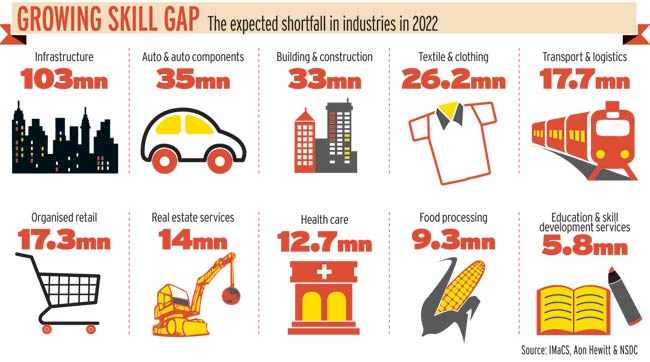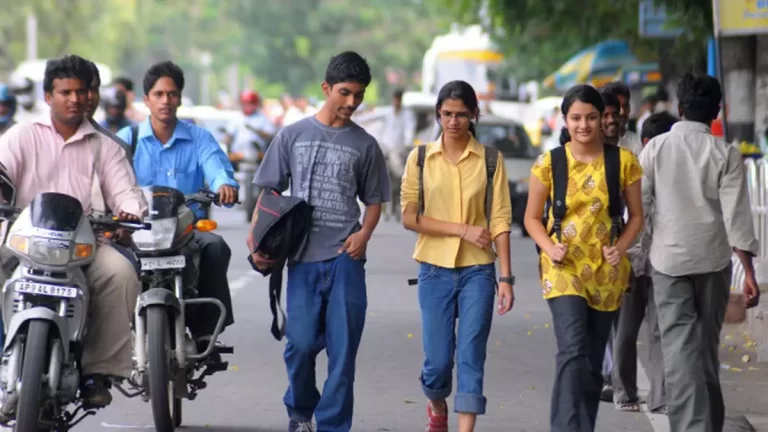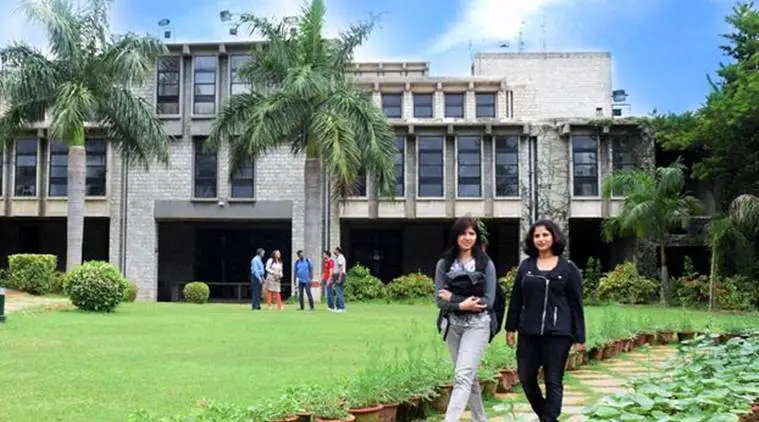Make in India : The Critical Need for Skill Development in the Labour Force
The success of initiatives like “Make in India” or “Make for India” hinges not just on investments or manufacturing, but on the preparedness of the labor force.
Laborers working in hard skills have transitioned from farming with little to no formal training, which forces many into self-employment. However, without the necessary skills, self-employment often traps these workers in low-paying jobs, preventing them from realizing their full potential.
India doesn’t face a job crisis, but rather a wage crisis. The real issue lies in the lack of skill training for laborers. When workers are trained formally, they become better equipped to seek opportunities that offer better wages. Take, for instance, an electrician in a small town in Andhra Pradesh, who may earn significantly less compared to one in Mumbai. The job exists in both places, but the wages differ drastically. This wage gap is directly tied to access to formal training and the ability to seek work in higher-paying regions.
Self-employment without adequate training leads to self-exploitation. Workers may take on jobs, but without formal skills, they remain confined to low-wage markets. In contrast, a professionally trained labor force can break free from this cycle by positioning themselves in industries or areas that offer fair compensation for their expertise.
To fully harness the potential of India’s vast labor force, it is crucial to invest in skill development. A skilled workforce will not only boost productivity but also lead to better wages and improved living standards. Without proper training, self-employment remains a dead-end, and the vision of a self-reliant India remains out of reach. Skilled labor is the backbone of any growing economy, and for India to thrive, it must invest in its people otherwise “Make in India” will look interesting, but not important.






